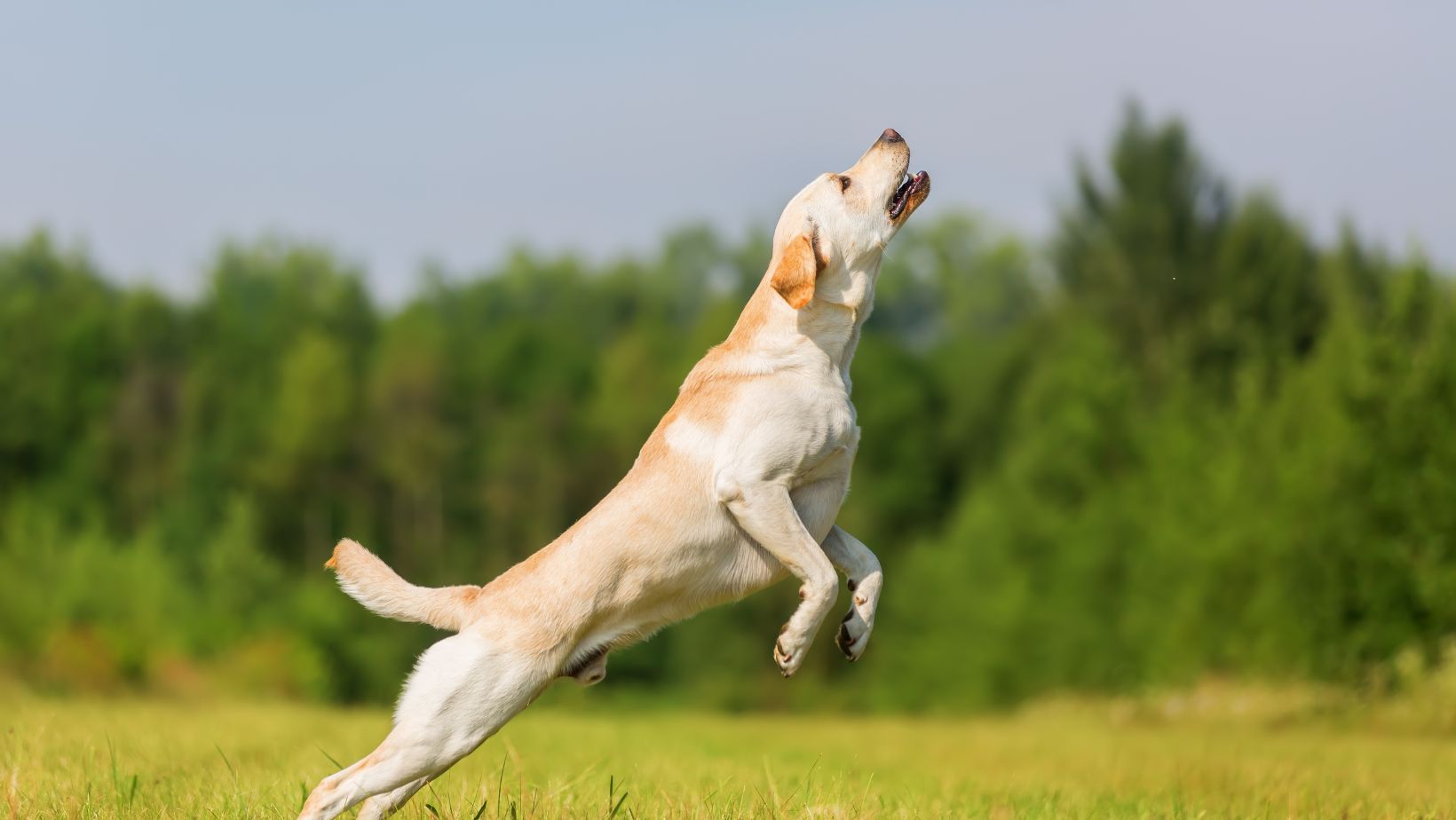How to Train a Dog from Jumping on You
Are you struggling with a Labrador that just can’t seem to resist jumping on you? If so, don’t worry, I’ve got you covered. Training a dog to stop jumping is an important aspect of their overall behaviour and obedience. In this article, I’ll provide some effective techniques and tips for teaching your Labrador to keep all four paws on the ground.
Labradors are known for their exuberance and friendly nature, which can often translate into enthusiastic jumping. While it may be endearing at first, it can quickly become problematic if not addressed. The good news is that with consistent training and positive reinforcement, you can teach your Labrador to greet people in a calm and controlled manner.
One approach is to use basic commands such as “sit” or “down” when your Labrador starts to jump. By redirecting their energy into these commands, you’re teaching them an alternative behaviour that is more appropriate. Remember to reward them with treats or praise when they respond correctly.
Setting Clear Boundaries and Rules
When it comes to training your Labrador to stop jumping on you, one of the first steps is establishing personal space. Dogs naturally seek attention and affection, but it’s important to teach them that there are appropriate ways to interact with humans. To do this, create a designated area where your dog can go for relaxation or playtime, such as a bed or mat. Encourage your Labrador to spend time in this space by providing treats or toys.
By giving your dog a specific spot, you’re helping them understand boundaries and reinforcing the idea that jumping on people is not acceptable behaviour. Whenever your Labrador tries to jump on you, calmly redirect them to their designated area using commands like “go to your spot” or “settle.” Consistency is key here – make sure everyone in the household follows these rules.
Creating Consistent Rules
Consistency plays a vital role in any form of dog training, including preventing jumping behaviours. Establishing consistent rules helps dogs understand what is expected from them and reduces confusion. Decide on a set of rules regarding jumping, such as “no jumping allowed” or “all four paws on the ground.”
Enforce these rules consistently by rewarding good behaviour and ignoring or redirecting unwanted behaviour. For instance, when your Labrador approaches you without jumping, offer praise and rewards like treats or verbal cues such as “good job.” On the other hand, if they start to jump up, turn away without paying attention until they have all four paws back down.
Remember that consistency extends beyond just immediate family members – inform visitors about the rules too so that everyone interacts with your Labrador in a consistent manner.
Using Positive Reinforcement Techniques
When it comes to training a dog, especially a lively Labrador, using positive reinforcement techniques can be highly effective. These techniques focus on rewarding desired behaviors rather than punishing unwanted ones. By using positive reinforcement, you can shape your dog’s behavior in a way that promotes obedience and discourages jumping.
Here are a few key strategies for using positive reinforcement when training your Labrador:
- Reward Calm Behavior: One of the most important aspects of preventing jumping is teaching your dog to remain calm when greeting people. Start by ignoring any jumping behavior and only give attention or treats when your dog has all four paws on the ground. This will reinforce the idea that calm greetings are more rewarding than jumping.
- Treats and Verbal Praise: When your Labrador displays good behavior such as sitting or staying calm, reward them with verbal praise like “good boy” or “good girl.” Additionally, offering tasty treats as rewards can further motivate your dog to continue exhibiting desirable behaviors.
- Clicker Training: Clicker training is another effective technique that pairs a clicking sound with treats to mark desired behaviors. Begin by associating the clicker sound with rewards, then use it during training sessions to signal when your dog performs the correct action. This clear communication helps reinforce positive behavior.
- Consistency and Timing: Consistency is crucial in positive reinforcement training. Ensure everyone in your household follows the same rules and consistently rewards appropriate behavior while ignoring or redirecting undesirable actions like jumping up on people’s legs. Moreover, timing is essential – make sure to offer rewards immediately after the desired behavior occurs so that your Labrador associates it directly with their actions.
Remember, each dog learns at their own pace, so be patient and persistent throughout the training process. It may take time for your Labrador to fully grasp what you expect from them, but with consistent positive reinforcement techniques, you’ll see progress over time.
